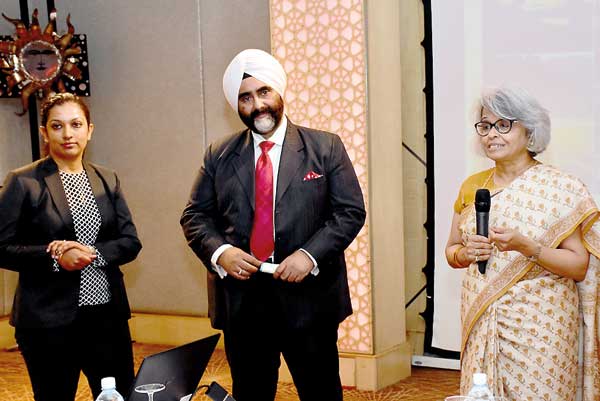14 Jan 2016 - {{hitsCtrl.values.hits}}

.jpg) The Sri Lankan government’s decision to place the utmost importance on upscale Western tourists seems to be misplaced, a Fortune 500 company said.
The Sri Lankan government’s decision to place the utmost importance on upscale Western tourists seems to be misplaced, a Fortune 500 company said.
26 Nov 2024 8 hours ago
26 Nov 2024 9 hours ago
26 Nov 2024 26 Nov 2024
26 Nov 2024 26 Nov 2024
26 Nov 2024 26 Nov 2024